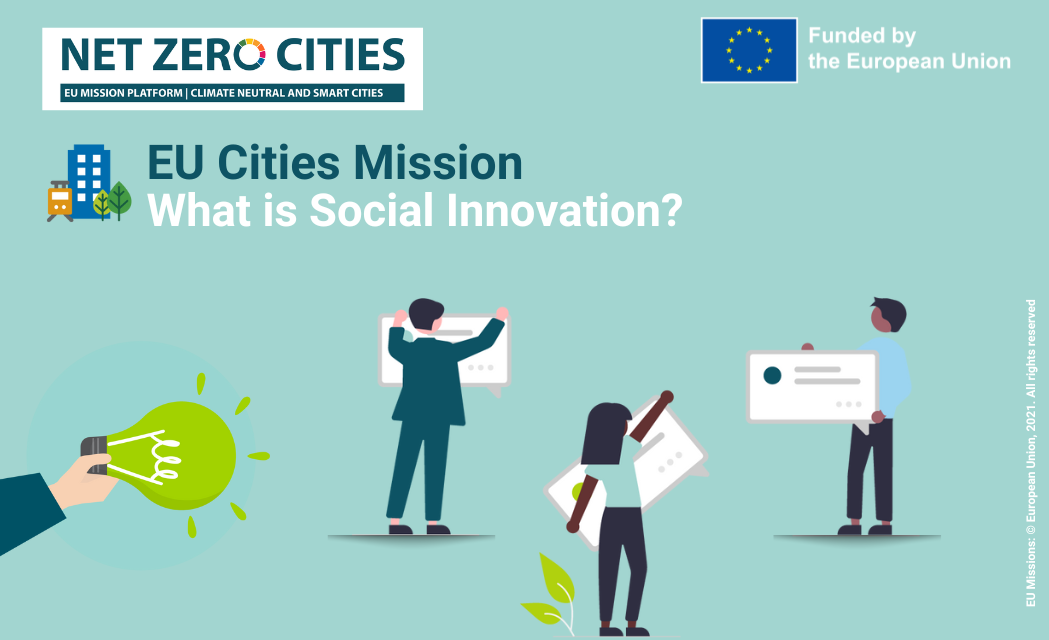Author: Katherine Peinhardt
When we look at a challenge at the scale of climate neutrality, it is often tempting to place emphasis on technological solutions. But many of the most important approaches to solving the climate crisis start at the scale of the community – they start with social innovation.
Social innovation consists of new ideas and solutions aiming to resolve social needs and problems. A just climate transition, one that really engages with and takes care of our communities, is going to require us to change the ways in which we work together and share resources. If guided by the principles of social innovation, taking collective action on climate presents an opportunity to improve socioeconomic well-being and health.
Though social innovation itself is not new, centring people-based solutions as a necessary part of the climate transition has never been more important. Much like systemic innovation, with which it shares strong ties, the idea of social innovation urges us to think about climate change from a comprehensive standpoint; an issue that creates societal challenges, but one that can be met with social strategies.
Social Innovation, Defined
Social innovation takes many forms and is defined in different ways (Caulier-Grice et al., 2012), but it almost always:
- Addresses unmet challenges from a local context
- Meaningfully includes the people who it is meant to benefit
- Develops through a co-creative approach
- Triggers needed institutional, cultural, and governance changes.
One does not have to look far to find examples of environmentally focused social innovation: it can take the form of anything from community composting to co-housing schemes, energy cooperatives to farmer’s markets and car-sharing. This sort of collaboration often has environmental and social co-benefits that go on to improve a community beyond the initial intention of an initiative, like improved health outcomes, better public spaces, or reduction of waste.
Social innovation can also happen at different scales: First, it can take a top-down approach, which would mean cities taking action to mobilize local networks, create opportunities for outreach and engagement, and incorporate social innovation into programming. On the other hand, a bottom-up approach would be led by neighbourhood-level activities, with cities throwing their support behind approaches like “city labs” to support projects undertaken by local stakeholders. And somewhere in the middle is the opportunity to take a hybrid approach, which blends the two. This might mean strengthening communication and co-creating policies with residents, changing local governance structures and norms for better stakeholder engagement, or even putting approaches like participatory budgeting into play.
Creating an Ecosystem for Change: The NetZeroCities Approach to Social Innovation
By nature, cities are primed for social innovation. Their scale and diversity make them the perfect places for ideas to bump into one another, evolve, and create lasting change. The question, then, is: how can cities cultivate an enabling ecosystem, in which people and networks are incentivized to mobilize toward climate neutrality?
NetZeroCities supports the creation of these ecosystems for change, providing Mission Cities with resources to put social innovation into practice, and then to help these approaches to scale up and reach other communities. On the NetZeroCities Portal, a growing body of social innovation case studies is taking shape as part of the Knowledge Repository, along with mentoring and mapping services, capacity-building materials and methodologies to drive and scale social innovation.
NetZeroCities also incorporates prototyping and quick experimentation into its work with Mission Cities – which are two important elements needed for social innovation. Through elements like the Pilot Cities Programme, NetZeroCities is supporting cities as they test out new approaches to climate neutrality. Through these actions, NetZeroCities is supporting Mission Cities as they adopt a collaborative and systemic mindset and a preference for learning-by-doing, which will ultimately help them leverage social innovation in their journey to climate neutrality. Providing resources and support as they co-create local plans will be key to finding out what really works in creating climate-neutral cities.
Social Innovation In Action
Even with all these resources, it can be helpful to know what has worked for real cities, and find out what it takes to change institutional and cultural norms, as well as systems of governance. Luckily, there are numerous examples of successful social innovation upon which cities can draw as they work toward decarbonisation.
In Zagreb, Croatia, energy poverty initiatives have worked to simultaneously address the social impacts of unequal energy access along with energy efficiency improvements. Separating environmental needs from social needs is impossible. As a result, the City partnered with local NGOs to train university students to conduct energy audits and provide efficiency upgrades to vulnerable households. This approach not only combined education and capacity building with physical improvements to household energy use, but also went on to inspire policy recommendations to improve energy access. By testing out the strategy, the City both improved energy efficiency and connected with its residents, gaining a better perspective of their socioeconomic challenges.
In Helsinki, Finland, Climate Meal connects restaurateurs with climate action, helping them to label lower-carbon options on their menu. Run by the Forum Virium, an innovation company owned by the City, the initiative helped various local businesses to use carbon footprint calculators to better inform their customer base around the climate impact of their food choices. Eventually, more than 60 restaurants were involved in the campaign, and the collaboration led to an increased demand for vegetarian options, as well as increased engagement of the food and dining sector in achieving local climate goals.
In Belgium, the EcoHouse Antwerp is a space that connects the general public with city services, especially around energy-saving renovation projects and renewables. The programming there is particularly focused on engaging vulnerable groups and young people, supporting their projects through workshops, subsidies, and direct provision of materials. But beyond this, the Ecohouse functions as a meeting space, features a repair café and bookstore, and open exhibitions. A “one-stop-shop” for social connection and impactful energy projects, the EcoHouse Antwerp is an example of what is possible when a city thinks of new ways to connect with its residents.
Social innovation is an impactful and necessary approach to climate action – one that is already shaping the way cities and their residents work together to achieve shared goals. It requires new ways of thinking about challenges like decarbonisation, and can transform our communities at every step, changing our institutional, cultural, and governance systems to get us closer to a just, climate-neutral future.
Citation
Caulier-Grice, J., Davies, A., Patrick, R. and Norman, W. (2012) ‘Defining social innovation: a deliverable of the project’, The Theoretical, Empirical and Policy Foundations for Building Social Innovation in Europe, European Commission – 7th Framework Programme, Brussels: European Commission, DG Research.





